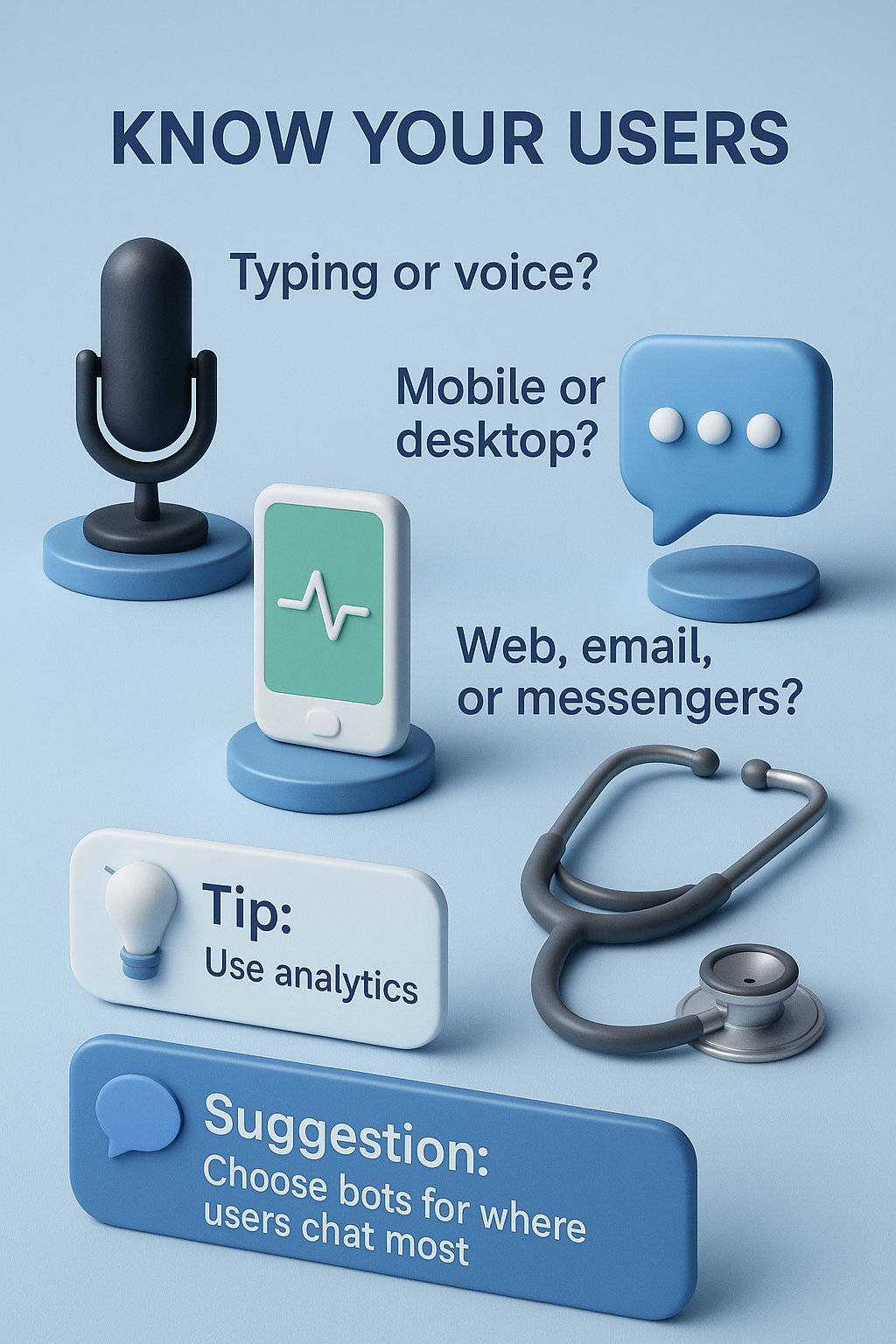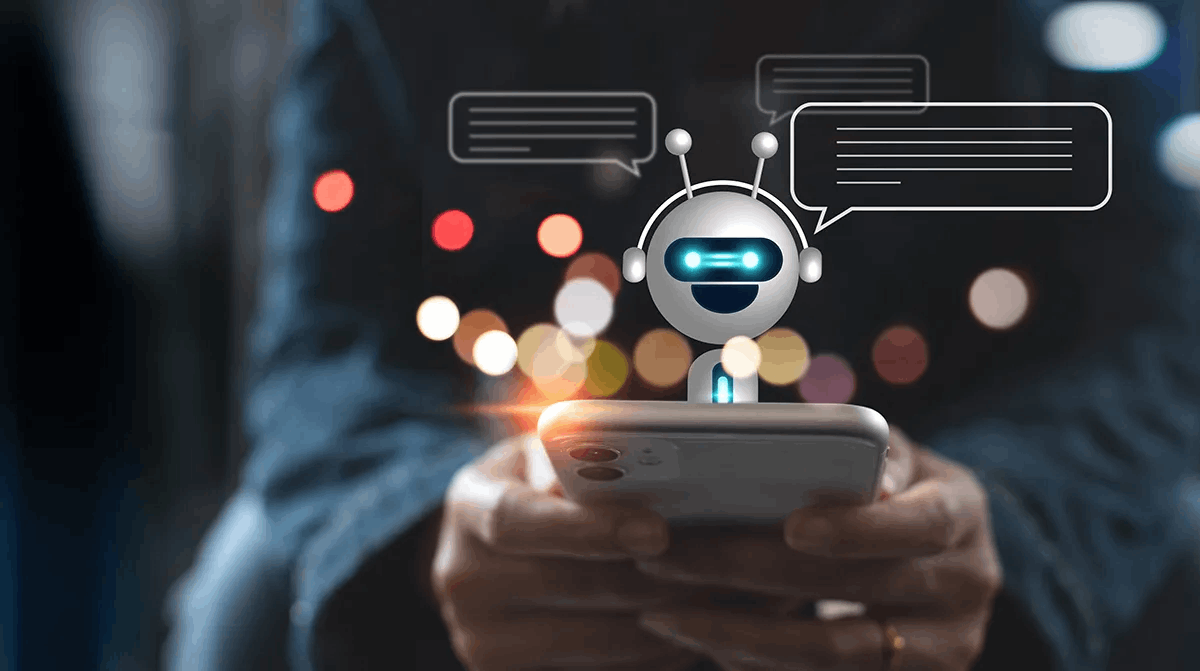Chatbots are now a key tool in business. In early 2025 roughly 60 % of B2B and 42 % of B2C companies use chatbot software. Business adoption is rising by about 34 % per year. ChatGPT alone handles about 2.5 billion user prompts daily in mid 2025. These bots cut costs and save nearly 2.5 billion working hours globally. In this context choosing the right chatbot is no longer optional. This guide explains six types and gives expert advice for your business.

What Are Chatbots and Why Do Businesses Use Them?
A chatbot simulates human chat using code. Users ask questions and the bot responds automatically. Companies use bots to reduce manual service costs. Chatbots work round‑the‑clock. They can handle hundreds of inquiries at once. They improve customer satisfaction. Gartner and McKinsey say 80 % of companies use or plan to use AI chatbots by 2025. Chatbots can cut service costs by 20 % to 30 % and raise conversion rates. They free up agents to handle complex tasks.
Rule Based Chatbots
Rule based chatbots follow a script driven by keywords or decision flow. They handle limited queries such as FAQs or appointment slots. Businesses favor them for reliability and low build cost. Setup takes a few hours and costs a few thousand dollars. These bots resolve simple user issues consistently. They fail when a user asks an unexpected question. IBM suggests using rule systems only for straightforward use cases. Rule based types give full control over replies. For example they suit retail help desks or contact pages. These systems remain stable and easy to audit. They lack learning ability and cannot evolve with new trends. However for many small businesses they deliver value fast.
AI Powered Chatbots
AI powered chatbots use NLP and machine learning. They parse intent and context. These bots learn from conversations and improve over time. They manage multi step dialogue. They personalize replies and adjust tone. AI bots resolve up to 70 % of routine inquiries without human help. They also speed up response time by five times compared to humans. Deploying them costs more. You need data to train the model. Over time they reduce labor and raise efficiency. These bots can scale globally. The Graphlogic Generative AI & Conversational Platform integrates deeply with business systems. It supports generative AI flows and knowledge integration. This product lets developers build custom AI solutions quickly.

Hybrid Chatbots
Hybrid chatbots combine rule logic with AI modules. They start with script for simple tasks and switch to AI for complex ones. This approach ensures stability and flexibility. Hybrid systems reduce reliance on AI only or rules only. They work in areas such as e‑commerce and healthcare. In healthcare these bots can triage symptoms then escalate to human agent safely. Hybrid bots increase resolution while keeping failure risk low. They can route users to human if AI fails. This design improves transparency and user trust. Forbes says transparency about bot limits raises adoption. Hybrid models often deliver best of both worlds without high upfront risk.
Voice Activated Chatbots
Voice activated chatbots use speech to interact with users. They convert voice input to text and respond with spoken output. These bots integrate with smart assistants and call systems. They serve users who multitask or have mobility needs. Mayo Clinic notes health systems now use voice bots for routine follow ups and monitoring. They support post‑operative checks or medication reminders hands‑free. Graphlogic Text to Speech API produces natural sound responses fast and across platforms. It suits voice assistant builds and telehealth applications. Voice bots can improve accessibility and user satisfaction in specific markets.
Transactional Chatbots
Transactional chatbots focus on completing tasks. They book appointments, process payments and place orders. These bots streamline workflows and reduce human error. Businesses using transactional bots can increase conversion by 20 % or more. In travel and fintech sectors these bots manage sign‑ups or bookings instantly. They connect securely to payment systems and back ends. Transactional bots boost efficiency and reduce cost per transaction to symbols like $ 0.50 per interaction versus $ 6 by human support. They need careful security and UX design to prevent user drop off. They deliver strong ROI when optimized for mobile users.
Social Messaging Chatbots
Social messaging chatbots work on platforms like WhatsApp Instagram Messenger Telegram. They let brands reach users without extra apps. Users are already on these channels. These bots support promotions feedback and quick support. Brands using messaging chatbots can outperform email in open rates and engagement. They integrate with content and commerce tools. A single bot can take user from ad click to payment in minutes. Platform rules and privacy settings can limit bot features. Teams must follow each platform policy. Still the reach and ease of use make them powerful.
How to Choose the Best Chatbot for Your Business
Choosing the right chatbot is not just about features. It is about understanding your business needs in depth. Begin by clearly defining your primary use case. Do you need a bot to provide customer support, drive lead generation, qualify prospects, handle bookings, or close sales? Many businesses jump into chatbot development without clarifying this first step, which leads to poor outcomes.
Once the main goal is set, examine how your users interact with your product or service. Do they prefer typing or speaking? Are they on mobile devices most of the time? Do they reach you through your website, email, or social channels like Instagram or WhatsApp? Behavioral data from your analytics platform can help you answer these questions. For example, if most of your customer interactions happen over mobile messengers, consider social messaging bots with conversational flows optimized for thumb typing.

Next, map out the complexity of user queries. Are users asking about order status or are they submitting refund requests that involve policy checks and multiple steps? A rule-based bot works fine for short predictable flows like store hours or account info. But anything involving contextual understanding or follow-up questions will require an AI-powered or hybrid chatbot.
Do not overlook integrations. A chatbot is only useful if it can connect to your backend systems. Check if your CRM, product database, helpdesk, or scheduling system offers accessible APIs. Bots that cannot retrieve or store data are limited in what they can do. A good integration can enable the bot to handle account lookups, status updates, invoice queries, and more.
Scalability is also critical. A bot that works well for 1 000 customers might collapse under 100 000 users. Ask how easy it is to add more channels later, such as moving from website chat to voice or WhatsApp. Will your vendor support growth across new languages and markets? Look for multi-channel and multilingual readiness in your platform.
Consider the economics. A simple rule-based bot might cost $2 000 to $10 000 depending on scope. AI-powered chatbots can range from $20 000 to well over $100 000 depending on training, infrastructure, and NLP complexity. But they may reduce customer service staffing costs by over 30 % over time. Focus on long-term return on investment. Factor in licensing, maintenance, training data, and content updates. In many cases, AI bots pay for themselves within 12 to 18 months through automation and faster resolution.
Do not ignore usability and transparency. Users abandon bots quickly if they are slow or vague. Make sure your chatbot clearly states what it can do and when it will transfer to a human. Research confirms that transparent scope, estimated wait times, and fallback options significantly increase user trust and engagement. Always include a human escalation path.
Security is another important area. If your bot handles payment data, health records, or sensitive credentials, check for compliance with data protection laws like GDPR or HIPAA. Many enterprise-level bots offer encryption at rest and in transit, access control layers, and secure logging. These are non-negotiable in sectors like healthcare or fintech.
Lastly, think about content governance. Who will write and maintain the conversation flows? Does your team have UX writers or will you need outside help? Chatbots are never “set and forget.” Language updates, product changes, and seasonal flows require ongoing care.
If you want a flexible system that covers both rule-based and advanced AI features, explore the Graphlogic Generative AI & Conversational Platform. It allows for rapid prototyping, real-time knowledge grounding, and personalized dialogue flows. To add natural voice output for accessibility or call center use cases, consider the Graphlogic Text-to-Speech API which produces human-like responses in seconds.
The best chatbot is not the one with the most features. It is the one that solves your specific problems and grows with your business. Think of it as a long-term partner, not just a support tool.
Key Points to Remember About Choosing a Chatbot
- Six types exist with different strengths and limits
- Rule based is simple reliable and cost effective
- AI powered adapt over time and handle complex queries
- Hybrid gives flexible structure and dynamic response
- Voice activated suits accessibility mobility and hands free use
- Transactional bots complete tasks quickly and reduce cost
- Messaging bots meet customers on familiar platforms
Match type to goal audience complexity integration and cost
FAQ
There are six types: rule-based, AI-powered, hybrid, voice-activated, transactional, and social messaging bots.
Define your business goal, complexity of tasks, and target channel.
They resolve many routine queries, reduce wait times, boost satisfaction, and scale.
Yes, modern platforms offer API access and integration modules.
Yes, if users need hands-free or accessible interaction, voice bots add value.
Graphlogic offers both the Generative AI & Conversational Platform and a Text-to-Speech API.

